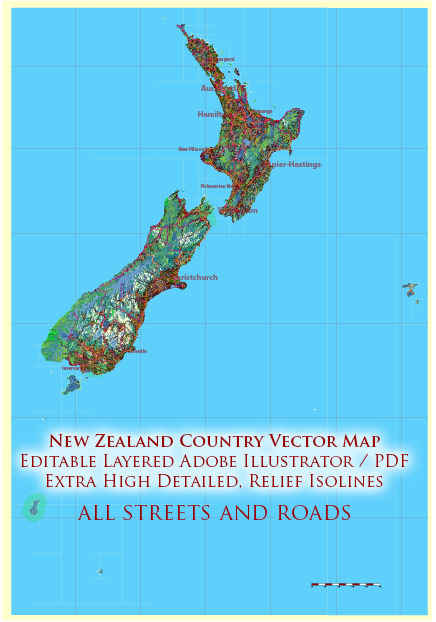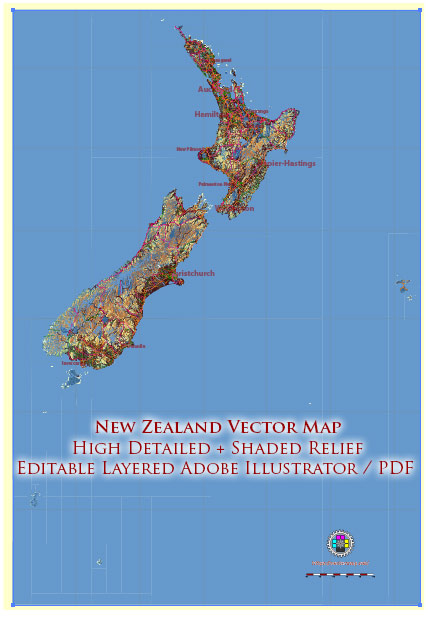New Zealand’s history of urban development is characterized by a blend of indigenous Māori settlement patterns and European colonial influences. The country’s urban development can be traced through several key phases:
- Māori Settlements:
- Before the arrival of Europeans, Māori communities had established settlements across the islands of New Zealand. These settlements were often located near natural resources such as rivers and the coast, reflecting the importance of agriculture and fishing in Māori society.
- European Colonization:
- The arrival of British settlers in the early 19th century marked a significant turning point in New Zealand’s urban development. European-style towns and cities began to emerge, with urban centers such as Auckland, Wellington, and Christchurch growing as administrative and commercial hubs.
- Gold Rush Era:
- The discovery of gold in the 1860s led to rapid urbanization, as people from around the world flocked to New Zealand in search of riches. Towns like Dunedin and Queenstown saw a sudden influx of population and infrastructure development.
- Industrialization:
- The late 19th and early 20th centuries witnessed industrialization, further shaping urban areas. Factories and manufacturing facilities were established, and urban centers expanded to accommodate the growing workforce.
- Post-World War II Period:
- The mid-20th century saw increased suburbanization and the development of automobile-centric urban planning. This era also witnessed the rise of state housing initiatives, where the government played a significant role in providing affordable housing.
- Late 20th Century to Present:
- Urban development in New Zealand continued to evolve with a focus on sustainable and environmentally friendly practices. Issues such as urban sprawl, transportation infrastructure, and housing affordability became prominent. Cities implemented measures to address these challenges, including improved public transportation systems and zoning regulations.
- Cultural and Economic Shifts:
- New Zealand’s urban landscape reflects cultural diversity, with influences from Māori, European, and more recently, Pacific Islander and Asian communities. Economic shifts, such as the rise of the service sector, have also impacted urban development patterns.
- Contemporary Challenges:
- In recent years, New Zealand has faced challenges related to housing affordability, especially in major urban centers. There has been a focus on sustainable development, with an emphasis on creating livable and resilient cities.
- Earthquake Impacts:
- New Zealand’s location on the Pacific Ring of Fire makes it susceptible to earthquakes. Cities like Christchurch have experienced significant earthquakes, leading to the rebuilding and redesign of urban areas to meet modern safety standards.
Overall, New Zealand’s history of urban development is a dynamic story that reflects the interplay of indigenous traditions, colonial history, economic forces, and contemporary urban planning challenges. The country continues to adapt and innovate to create cities that balance economic growth with environmental sustainability and social well-being.



 Author: Kirill Shrayber, Ph.D.
Author: Kirill Shrayber, Ph.D.